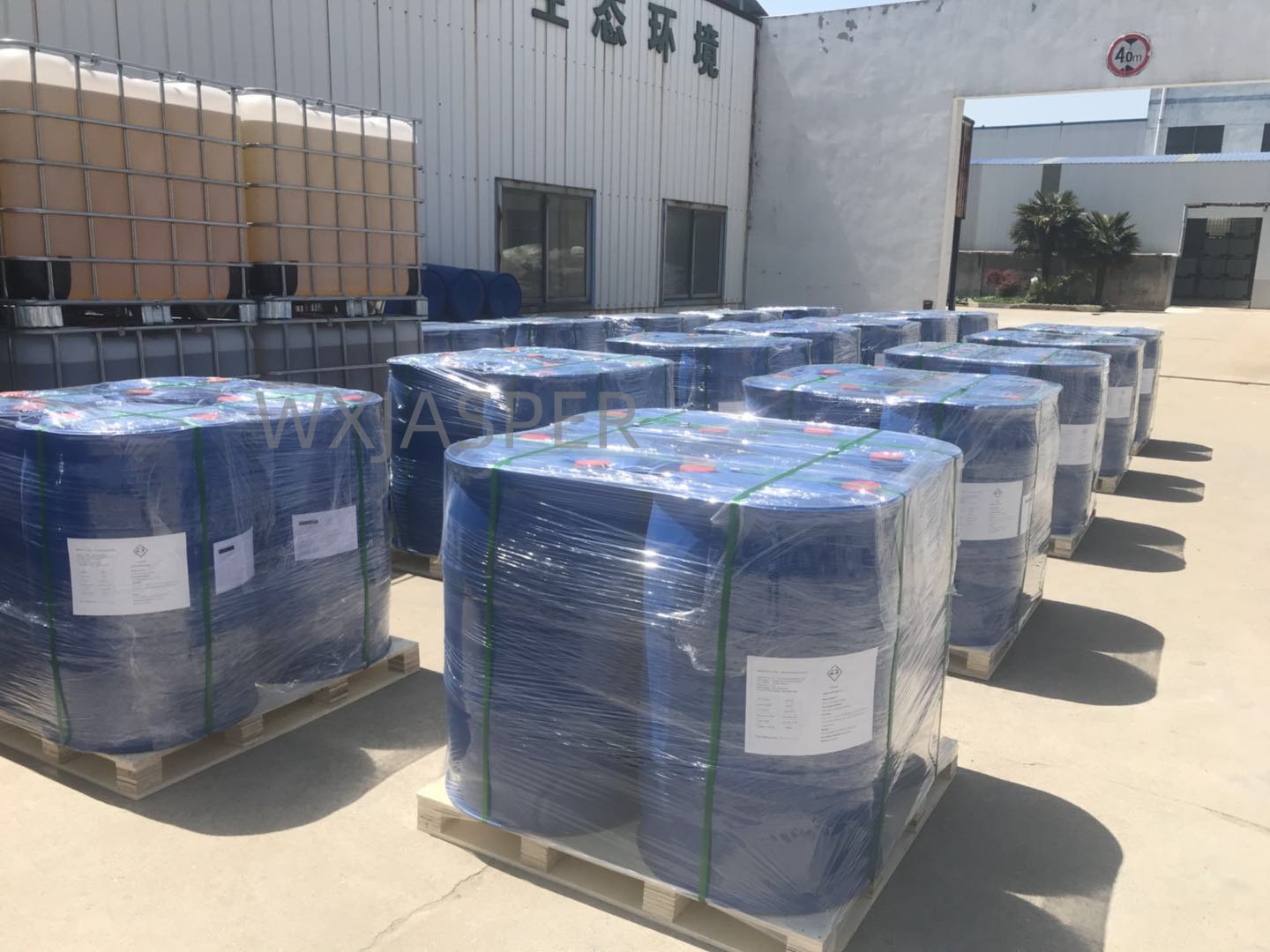Product Details
CasNo: 70005-86-6
MF: C17H34O6
Appearance: liquid
Delivery Time: 15 days
Packing: 200kg/drum
Purity: 50%
1. Basic Information
- Chinese Name: 十一烷基葡糖苷 (Undecyl Glucoside)
- English Name: n-Undecyl β-D-glucopyranoside
- CAS Number: 70005-86-6
- Molecular Formula: C₁₇H₃₄O₆
- Molecular Weight: 334.453
2. Physicochemical Properties
- Appearance: Colorless to light yellow liquid or paste.
- Solubility: Soluble in water.
- Chemical Stability: Resistant to acids and alkalis, and insensitive to electrolytes (e.g., salts), maintaining stable performance in solutions with high electrolyte content.
- Other Properties: Possesses excellent detergency, foaming, foam-stabilizing, emulsifying, dispersing, solubilizing, wetting, and penetrating capabilities; no cloud point (remains transparent and stable over a wide temperature range without phase separation).
3. Production Methods
Similar to other alkyl glycosides, Undecyl Glucoside is mainly produced through two mature technical routes:
- Direct Glycosidation Method: Under the action of an acidic catalyst (e.g., p-toluenesulfonic acid), undecanol (raw material alcohol) reacts directly with glucose (raw material sugar). To drive the reaction toward the formation of glycosides, the water generated during the reaction is removed promptly (usually via vacuum dehydration or azeotropic distillation with an inert solvent).
- Transglycosidation Method: First, low-carbon alcohols (e.g., propylene glycol, butanol) react with glucose to form low-carbon-chain glucosides (e.g., butyl glucoside). Then, undecanol undergoes an acetal exchange reaction with these low-carbon-chain glucosides—undecanol replaces the low-carbon alcohol in the glucoside structure, ultimately generating undecyl glucoside. This method avoids excessive carbon chain condensation and improves the purity of the final product.
4. Application Fields
Benefiting from its mildness, multi-functionality, and environmental friendliness, Undecyl Glucoside is widely used in multiple industries:
- Personal Care Products: Serves as a detergent, foaming agent, and foam stabilizer in shampoos, body washes, facial cleansers, and baby care products (due to low skin irritation); also acts as an emulsifier in skin lotions and sunscreens to improve formulation stability.
- Household Cleaning: Used in dishwashing liquids, kitchen oil-stain cleaners, and laundry detergents—effectively removes grease while being gentle on hands, avoiding dryness caused by harsh surfactants.
- Industrial Cleaning: Applied in metal cleaning (e.g., degreasing of aluminum alloy parts) and textile cleaning. Its alkali resistance allows it to be used in high-alkali cleaning formulations (common in industrial heavy-duty cleaning scenarios).
- Agriculture (Pesticides): Functions as an emulsifier and adjuvant in pesticide formulations (e.g., herbicides, insecticides). It enhances the wettability and adhesion of pesticide droplets on crop leaves, improving the efficacy and durability of pesticides.
- Concrete Industry: Used as an air-entraining agent in concrete mixing. It introduces tiny, stable air bubbles into concrete, improving its frost resistance and workability without reducing compressive strength.
- Other Fields: Serves as an intermediate for synthesizing other surfactants (e.g., quaternary ammonium salt cationic surfactants) and as an auxiliary agent in food and pharmaceutical industries (e.g., solubilizer for fat-soluble active ingredients in oral liquids, meeting relevant safety standards).
5. Quality Indicators
Typical industrial-grade Undecyl Glucoside (taking 50% active content products as an example) follows the following quality standards:
- Active Substance Content: ≥50% (the core effective component, with content directly affecting application performance).
- pH Value (25℃, 1% Aqueous Solution): 7.0–10.0 (neutral to weakly alkaline, adaptable to most formulation systems; acidic versions can be customized for specific acidic applications).
- Free Alcohol Content: ≤1.0% (residual unreacted undecanol, excessive content may cause odor or reduce foaming performance).
- Inorganic Salt Content: ≤3.0% (by-product of catalyst neutralization, controlled to avoid affecting solubility and stability).
- Average Degree of Polymerization (DP): 1.3–1.8 (the average number of glucose units per molecule; DP in this range balances solubility and surface activity).
- Viscosity (25℃): 300–800 mPa·s (varies with concentration; appropriate viscosity facilitates mixing and formulation processing).


